“Rapid prototyping quickly fabricates custom 2D or 3D models and assemblies, allowing for low-volume production and testing before final manufacturing.”
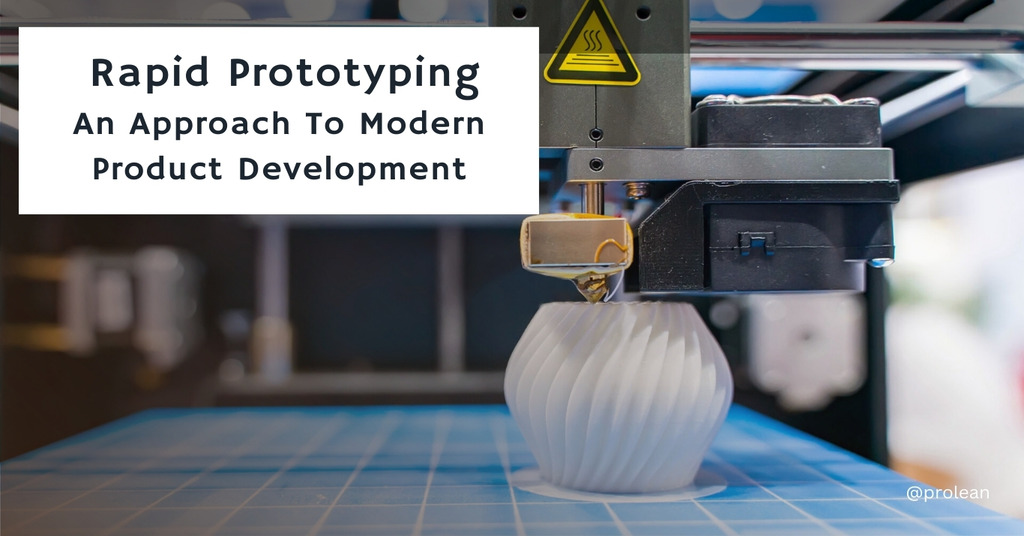
Rapid prototyping is a low volume manufacturing process that can be used to create an actual part or assembly from a part design in a short turnaround. Prototyping enables engineers and design manufacturers to develop a better final product by designing and prototyping several times quickly and at a cheaper price. With the help of Prolean’s rapid prototyping china company, which specializes in 3D printing and on-demand manufacturing, everybody can create realistic proofs of concept and progress these concepts to high-fidelity prototypes that resemble final products. Most importantly, 3D-printed prototypes are relatively cheap, meaning the teams can quickly produce dozens of cheap prototypes.
In this guide, you will be introduced to the basics of rapid manufacturing, its uses, and how 3D printing can assist in the creation of prototypes at a faster pace and with lower costs.
What Is Rapid Prototyping & Its Significance?
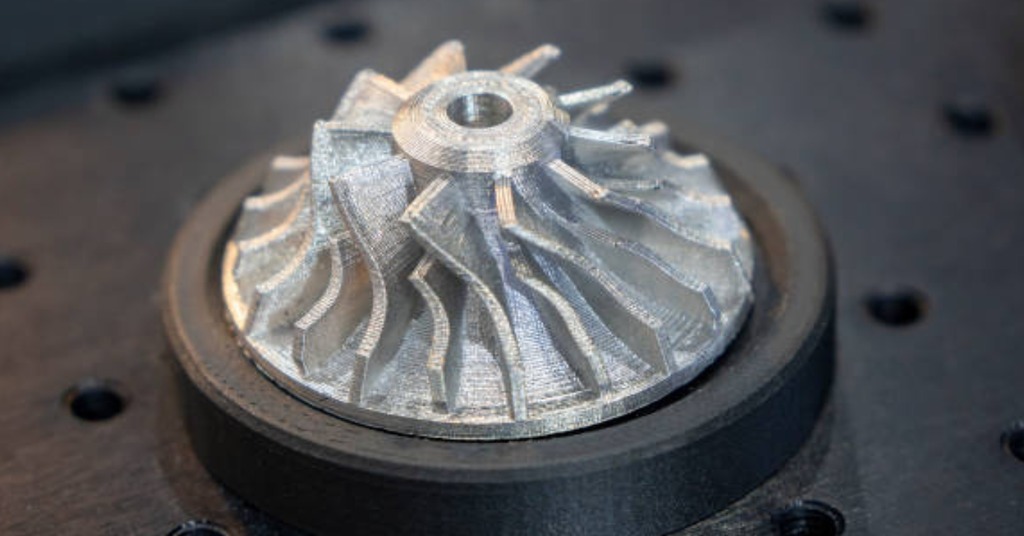
Rapid prototyping
In a competitive world, organizations must be creative and introduce new products to the market as soon as possible. As such, it improves designs by allowing teams to complete cycles quickly.
Validating and Refining Designs
Rapid manufacturing enables a product design to be tested early on its form, fit, and function. This early testing helps determine the problems encountered in the final production and thus rectify them. Besides, it guarantees the product’s compliance with the technical specifications and business objectives, increasing the likelihood of its success in the market.
Incorporating prototyping into the development processes of organizations can enhance the quality and suitability of products in the market and thus improve the users’ performance and satisfaction.
Try Prolean Now!
Rapid Prototyping in Three Simple Steps
Rapid prototyping increases the rate of product development since it entails the development of models that are quick to make. This iterative process is quite effective in fine-tuning designs in an affordable manner.
Create
In the Create stage, the objective is to actualize the prototype design concept. First, sketch and then draw the design concepts. Develop these ideas into a precise 2D or 3D model using the CAM/CAD software. Select appropriate materials for the prototype development. Then, use the optimal processes to assemble the prototype design.
Evaluate
Next, evaluate the design. The prototype evaluation process determines the extent to which the prototype developed meets the design requirements and the users’ requirements. This process includes functional, performance, and usability testing in real-world conditions. Data is gathered from the stakeholders to identify the current challenges and possibilities for improvement. The goal is to ensure that the intended problem is solved by the prototype as designed. The process of refining the prototype before the start of mass production is useful to minimize some risks or at least reduce their effect and save money. It also ensures the accomplishment of a successful product launch.
Improve
The improvement stage of a prototype is aimed at enhancing the prototype developed based on the feedback and test results. It entails making some modifications that can improve the usability, efficiency, and effectiveness before going for mass production.
Distinguishing Rapid Prototyping from 3D Printing
Even though rapid prototyping and 3D printing are terms used in the same context, they are different. Prototyping comprises several processes used in developing a physical model from a computer model. Additive manufacturing, on the other hand, is a broad category, while 3D printing is a technique that involves the creation of objects in layers. Although 3D printing was embraced for its efficiency in generating prototypes, it is just one of the tools that can be used in rapid prototyping.
The Evolution of 3D Printing
In the beginning, 3D printing was mainly used to produce prototypes quickly. However, as the technology evolved, it was able to produce high-quality parts that could be used directly in applications. However, this has yet to eliminate the use of 3D printing for prototyping since some methods are more expensive. It is crucial to distinguish between the technology (3D printing) and the application (rapid prototyping) to choose the best strategy.
Three Types of Rapid Prototyping
Rapid prototyping can be categorized into three main types:
Low-Fidelity Prototypes
The first and basic prototypes are the low-fidelity prototypes, which include paper-based mock-ups and simple wireframes. They are most useful at the early stages of the design process when the focus is more on the design’s recognition than its specifics. These prototypes help generate first concepts by finding and evaluating them quickly. Regarding the specific information on constructing these prototypes, one might need to search for information about wireframing tools and strategies.
Medium-Fidelity Prototypes
Compared to low-fidelity prototypes, medium-fidelity prototypes contain the most interactions and some of the visuals. This level of fidelity is often used in rapid prototyping today because of the available design tools and systems. Thus, by using Figma, designers can build these prototypes with the help of the available assets and design systems. This way, one can try out significant interactions and workflows without getting to the implementation details.
High-Fidelity Prototypes
Realistic prototypes are accurate and are almost similar to the actual product. They can be either UX models to be tested by the users or fully coded applications intended to be delivered to the users or developers. Creating a high-fidelity prototype is easier and faster if the design library contains interactive features. Suppose you are interested in the best practices for building highly realistic prototypes. In that case, it is better to search for articles and materials focused on the modern approaches to prototyping.
When to Use Rapid Prototyping?
Rapid prototyping should be used when feedback on the concept or a design feature is needed. It is best to use when you want to test a key screen or flow early, and be okay with it if it is not pretty. This method is relatively informal and requires little preparation in advance. However, it has some crucial stages. This technique is most useful when you are required to develop a system that is likely to be altered often concerning the users’ feedback. It assists in ensuring that the outcome is acceptable to the user and profitable for the business.
Try Prolean Now!
Rapid Prototyping Techniques For Developing Products?
To get realistic responses, mock-ups should be as realistic as possible. As for the recommendations, it is suggested that the differences between them and the actual product be avoided to avoid bias in the feedback. This means developing clickable models with accurate data and graphics, even though they are fake.
High-fidelity prototypes are developed to be very close to the actual product. This implies adequate scheduling of interaction and utilization of paths by the users. These realistic prototypes need skills in software development and user experience (UX). They are generally constructed promptly rather than in a planned manner.
Sometimes, it is possible to develop a fully-fledged prototype, but this may be excessive or too costly. Wireframes offer a solution in the form of simple interactions and processes between the user and the website. The product managers create these simplified designs, which can be used for the first test with users. They help identify the main parameters required to develop a working prototype, which, in return, makes the creation of the prototype easier.
Clickable or facade prototypes are available for something between wireframes and functional mock-ups. Even though these designs are not entirely based on data, they allow users to gather feedback regarding various aspects. They can be developed quickly with the help of design and UX instruments that provide data on the actions and preferences of users.
Also, rapid prototyping can be understood as creating several prototypes that will be further tested and evaluated simultaneously. This approach allows the teams to compare the different versions simultaneously and determine which version is well-accepted by the users.
What Are the Advantages of Rapid Prototyping?
As mentioned above, rapid prototyping has many benefits, mainly in two areas. First, it guarantees that a product or a component complies with the design specification since the users’ ability to understand the product or component and its performance and functionality can be assessed at this stage. This helps improve the design before production is carried out on a large scale. Second, it cuts costs as it does not require tooling and manufacturing equipment as it would be in the case of mass production. However, CNC rapid prototyping is not so costly, and technologies such as 3D printing, CNC machining, or aluminum rapid prototyping are used for low volume manufacturing and small batches.
Like in any other activity, there are many ways of prototyping, each of which has advantages and disadvantages. The above-discussed methods are the most common, and depending on the level of technology, the designer has to choose the best one for the project. This will entail identifying the advantages and disadvantages of the various prototyping methods. Thus, considering the description of each method and the characteristics of the material that can be identified, one can decide. A decision-making guide also includes some factors to consider when selecting the prototyping technique. The rationale is to help get the right solution for using prototypes for developmental processes.
Comparing Rapid Manufacturing Processes
Here are some rapid manufacturing processes and their distinctions.
SLA (Stereolithography)
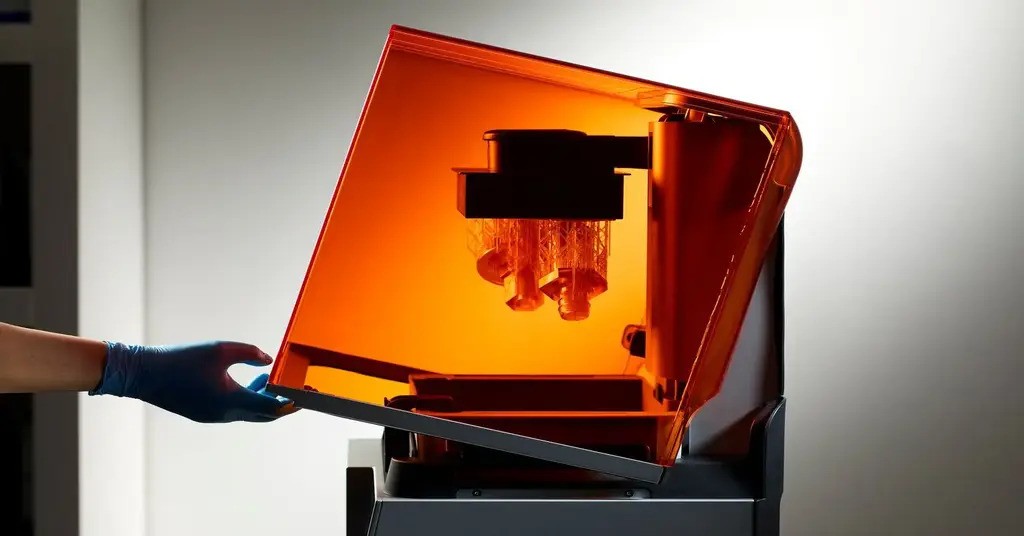
SLA rapid manufacturing
Stereolithography (SLA) involves using a laser to cure photopolymers and develop prototypes from a single layer. This technique provides strength ranging from 2,500 to 10,000 psi (17.2 to 68.9 MPa). Standard layer thickness is between 0.002 to 0.006 inches or 0.051 to 0.152 millimeters in width. SLA is most accurate and is usually employed with thermoplastic-like photopolymers.
SLS (Selective Laser Sintering)
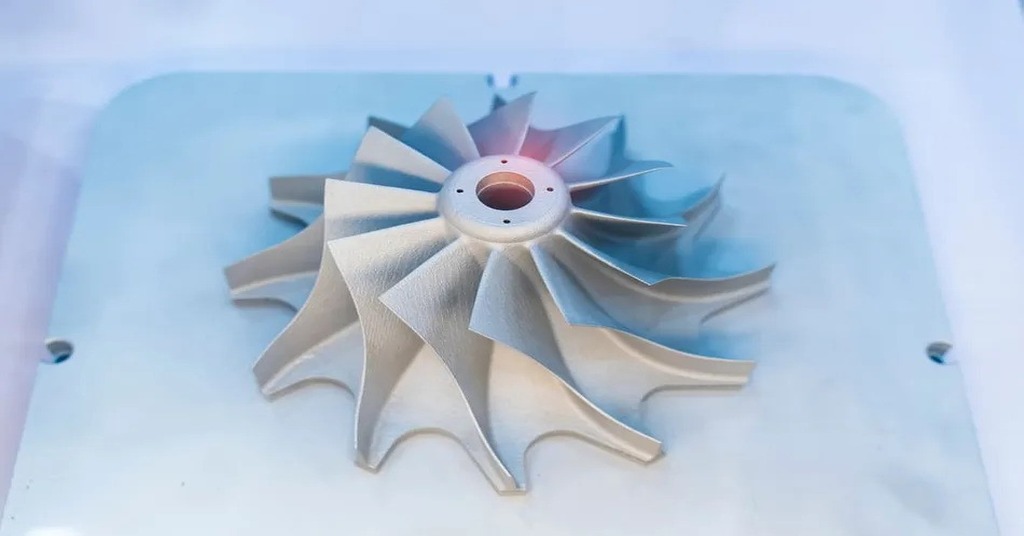
SLS prototype parts
Selective Laser Sintering (SLS) uses a laser to melt the powder materials. The strength of parts produced varies from 5,300 to 11,300 psi or 36.5 to 77.9 MPa. The additive layers are usually 0.004 inches (0.102 mm) thick. SLS is often applied on nylon and TPU materials with good mechanical performance and long service life.
DMLS (Direct Metal Laser Sintering)

DMLS prototyping
Direct Metal Laser Sintering (DMLS) is a process of fusing metal powder with the help of a laser. This process results in high strength ranging from 37,700 to 190,000 psi. The layer thickness is usually between 0.0008 and 0.0012 inches (0.020 to 0.030 mm). DMLS is ideal for manufacturing metal parts such as stainless steel, titanium, chrome, aluminum, and Inconel and is used to produce solid and high-performance parts.
FDM (Fused Deposition Modeling)
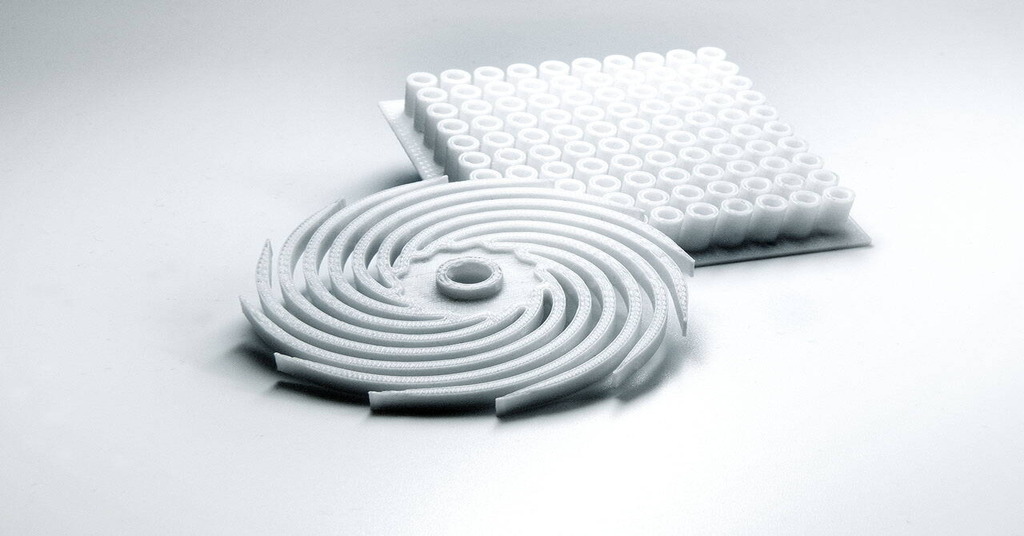
Fused deposition modeling
Fused Deposition Modeling (FDM) is a process of extruding thermoplastic materials in layers. It leads to parts with a strength ranging between 5,200 and 9,800 psi (35.9 to 67.6 MPa). Layer thickness varies from 0.005 to 0.013 inches (0.127 to 0.330 mm). The materials most often used for FDM are ABS, PC, PC/ABS, and PPSU. This method is widely used due to its effectiveness and cost efficiency compared to other methods.
MJF (Multi Jet Fusion)
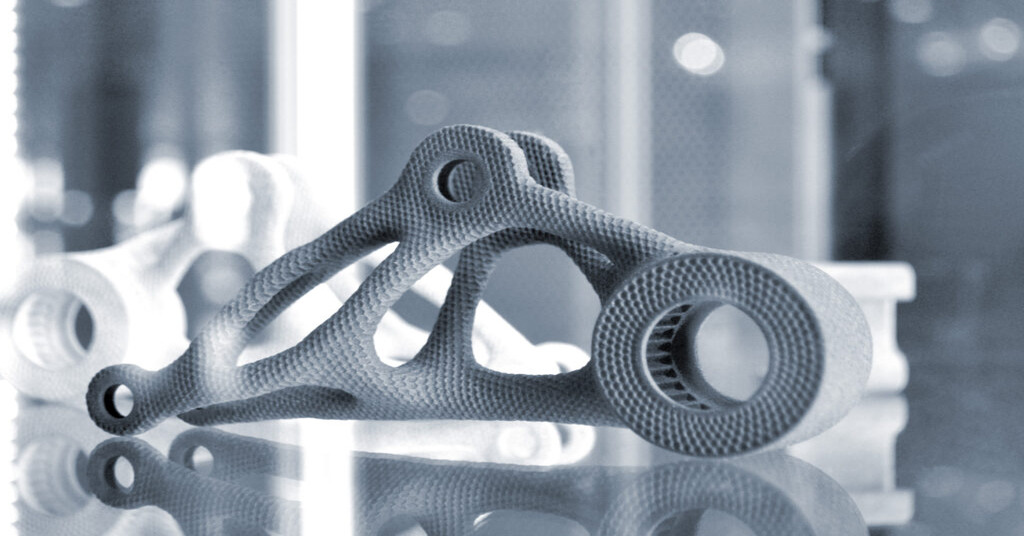
Multi jet fusion(MJF) prototype
Multi Jet Fusion (MJF) applies an inkjet array to selectively fuse nylon powder. The parts created have a strength of approximately 6,960 psi (48 MPa). The layer thickness ranges from 0.0035 and 0.008 inches (0.089 to 0.203 mm). MJF is often associated with fine details and good mechanical properties of the final part, usually made of black Nylon 12.
PJET (PolyJet)
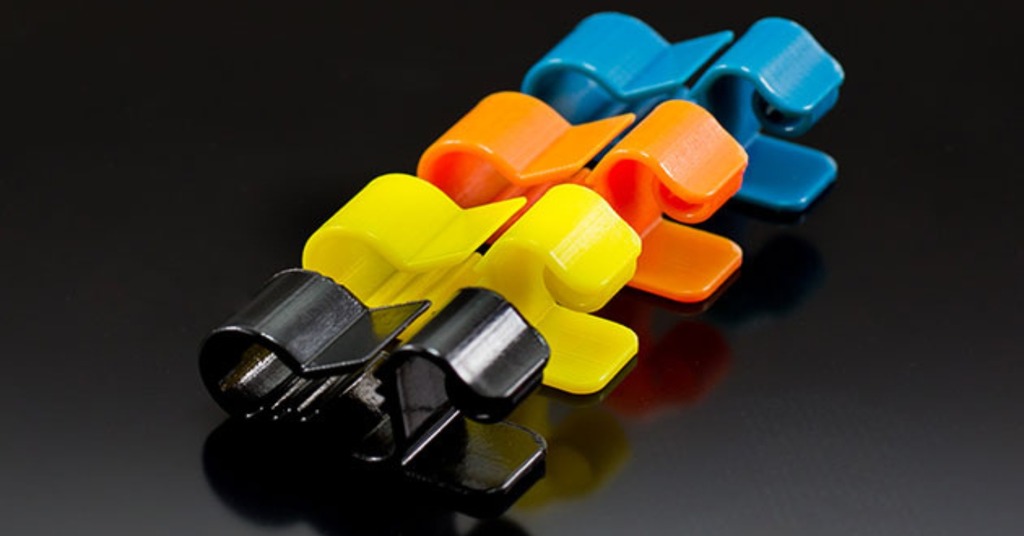
PJET prototyping
PolyJet technology uses UV-cured jetted photopolymers. Components made by this process have a tensile strength of between 7200 to 8750 psi or 49. 6 to 60. 3 MPa. The additive layers are generally between 0.0006 and 0. 0012 inches (0.015 to 0.030 mm). PolyJet makes very accurate prototypes with materials such as acrylic-based and elastomeric photopolymers.
CNC (Computer Numerically Controlled Machining)
Rapid CNC prototyping entails the creation of parts through the application of Computer Numerical Control mills and lathes. The strength developed varies between 3,000 and 20,000 psi (20.7 to 137.9 MPa). This subtractive manufacturing method results in accurate and highly finished products. It is used in many commodities and engineering-grade plastic prototypes.
IM (Injection Molding)
IM is a process in which aluminum tools are used to mold parts. This process creates parts with strengths ranging from 3,100 to 20,000 psi (21.4 to 137.9 MPa). The molded parts can also have a smooth surface or a selected texture. Injection molding is flexible and can process materials such as commodity and engineering thermoplastic, metals, and liquid silicone rubber.
Try Prolean Now!
Advantages and Disadvantages of Rapid Prototyping
Pros
Speeds Up Design Testing
Rapid prototyping is a technique of building an actual size model of a part in a short time; hence, the design can be assessed. This fast cycle helps respond quickly to the design issues and their corresponding solutions.
Supports Multiple Design Changes
It allows the design to be changed often with little effect on the costs. This makes the design progressive and thus assists in improving the design in the subsequent cycles.
Cuts Down on Costs
From this production perspective, rapid prototyping is cheaper since it does not require molds and tools. It, therefore, becomes an affordable method of idea generation and as a first stage testing of ideas in the market or environment.
Reduces Time-to-Market
This is because creating prototypes relatively quickly is helpful in overall product development. This means that products can be developed and launched to the market faster, which is a competitive advantage.
Enhances Design Accuracy
Rapid prototyping is helpful in the product’s fine-tuning since tests are conducted on the prototypes. This helps arrive at the intended design and the users’ expectations regarding the final product.
Cons
Can Lead to Higher Costs if Overused
If the extent of prototyping is taken up to the maximum level or if the management of the importance of prototyping is not controlled, then the cost will be higher. This is why it is necessary to prevent the prototyping and project needs so that one only spends what is required.
Not Suitable for All Development Stages
This concurs with the early discussion, in which it was highlighted that rapid prototyping could not be applied to all the stages of the product development process. Some stages may still need conventional approaches to manufacturing for precision and stiffness to be attained.
May Provide Misleading Results
Prototyping in the initial stages may not be very useful in determining the product’s final performance or even the product’s overall look. This can lead to wrong assumptions and possibly wrong development decisions about the target market.
Not Ideal for Large-Scale Production
Rapid prototyping is applied in the product’s small-scale and preliminary testing. It is not used in mass production since several manufacturing processes are involved.
Technical Constraints
Some of the drawbacks of using some of the rapid prototyping techniques include the following: material selection, accuracy, and strength. These pose a limitation to the quality and functionality of the prototype that is to be developed.
CNC Tools for Rapid Prototyping
CNC (Computer Numerical Control) tools are subtraction types of techniques, while additive ones are FDM, SLA, or SLS. Unlike traditional construction techniques, where the material is built up in layers, CNC tools deal with solid blocks, bars, or rods, and then the required cutting, drilling, boring, or grinding is done.
Other Rapid Prototyping Techniques
CNC Milling and Turning are two of the most prevalent processes performed in a production facility. While in milling, the cutting tool is the one that moves while the workpiece is stationary, while in turning, the workpiece is the one that rotates while the cutting tool is stationary. Laser cutters are accurate since the cutting tool is a laser that engraves or cuts the appropriate material for intricate designs. Water jet cutters, in contrast, employ a high-pressure water jet with abrasives to cut through metal composites and other materials.
The common materials used with CNC tools are plastics, soft and hard metals, wood, acrylic, stone, glass, and composites. They are especially suitable for making complex designs and complex parts that contain features that are difficult to make. However, applying the CNC tools might be slightly more complicated than the additive manufacturing processes. This is because CNC prototyping is costly in one-off or small-batch production because of the various methods, the tools used, and the delicateness of the materials.
CNC tools are most helpful in creating essential skeletal and metallic parts that cannot be made efficiently using additive manufacturing technologies in rapid tooling. They are reliable for forming good and precise prototypes if additive processes are impossible.
Try Prolean Now!
Summing Up
Rapid prototyping is a beneficial technique as it helps in not only saving time but also reducing the risks. Prototypes assist the product managers in getting helpful feedback from the users to either affirm the design concepts or identify the modifications that may be required before the product is released. This minimizes the probability of the final product not meeting the user’s expectations, hence the term ‘user experience.’
At prolean Tech, communication is enhanced, and the teams’ work is aligned with rapid prototyping services. Proleantech helps the company to deliver high-quality products to the market, which, in turn, meets the needs of the customers and prospects.
Related to: What is Sheet Metal Prototyping? Examples and Advantages

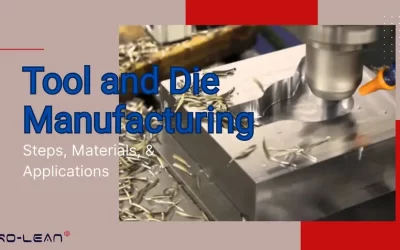
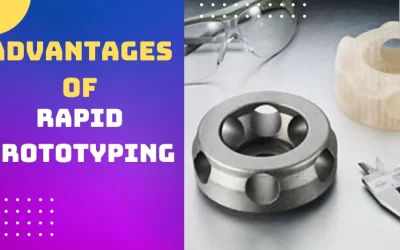
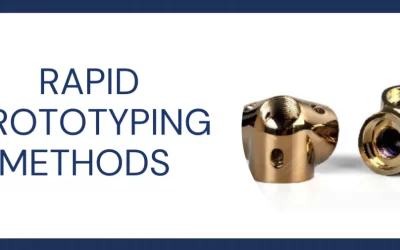
0 Comments